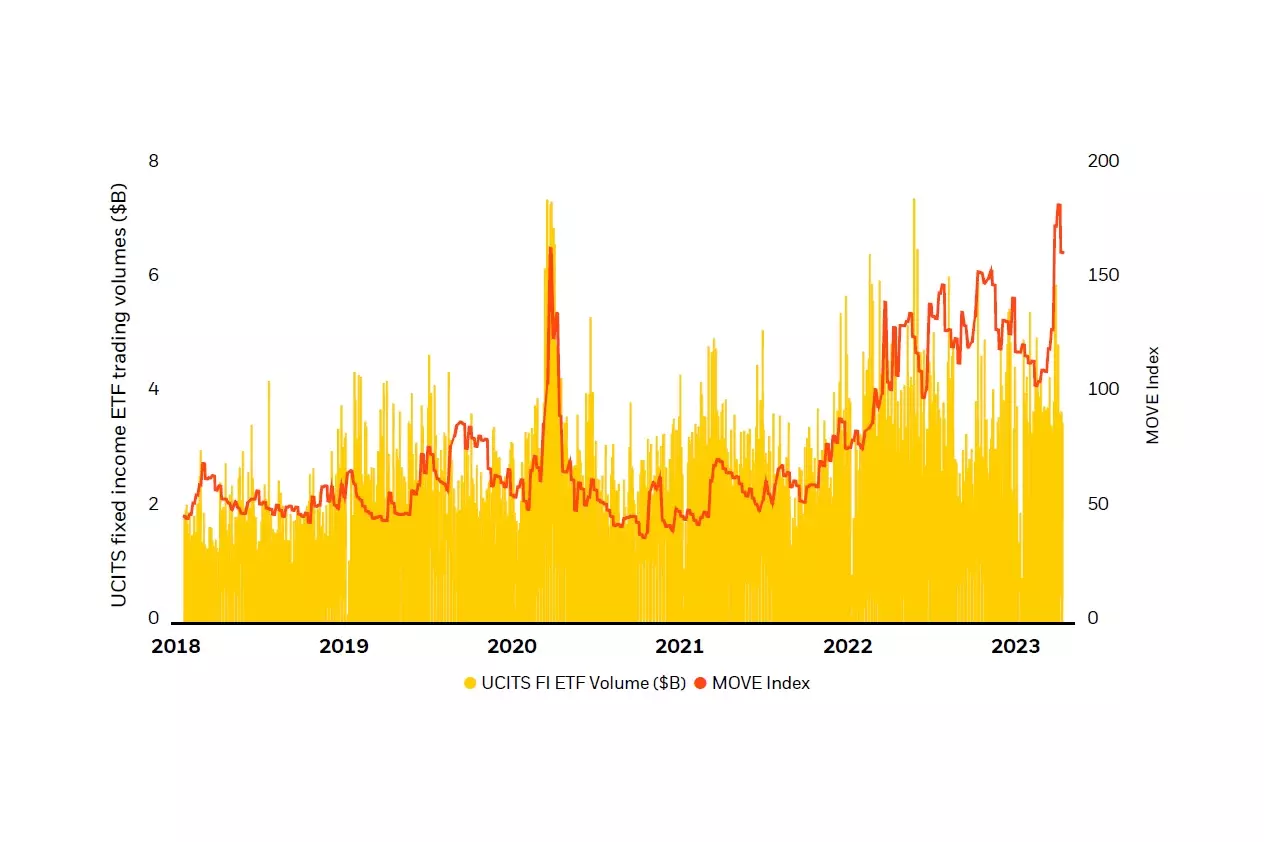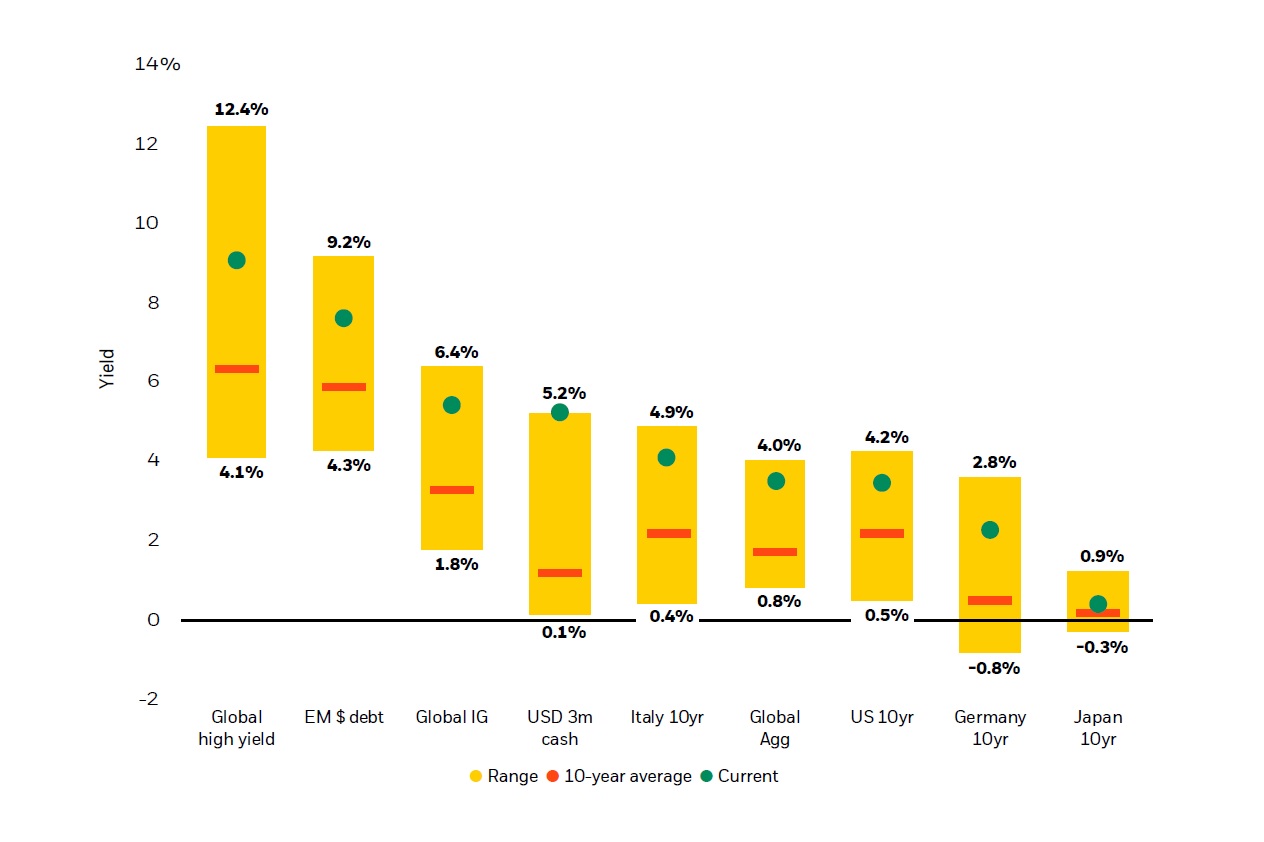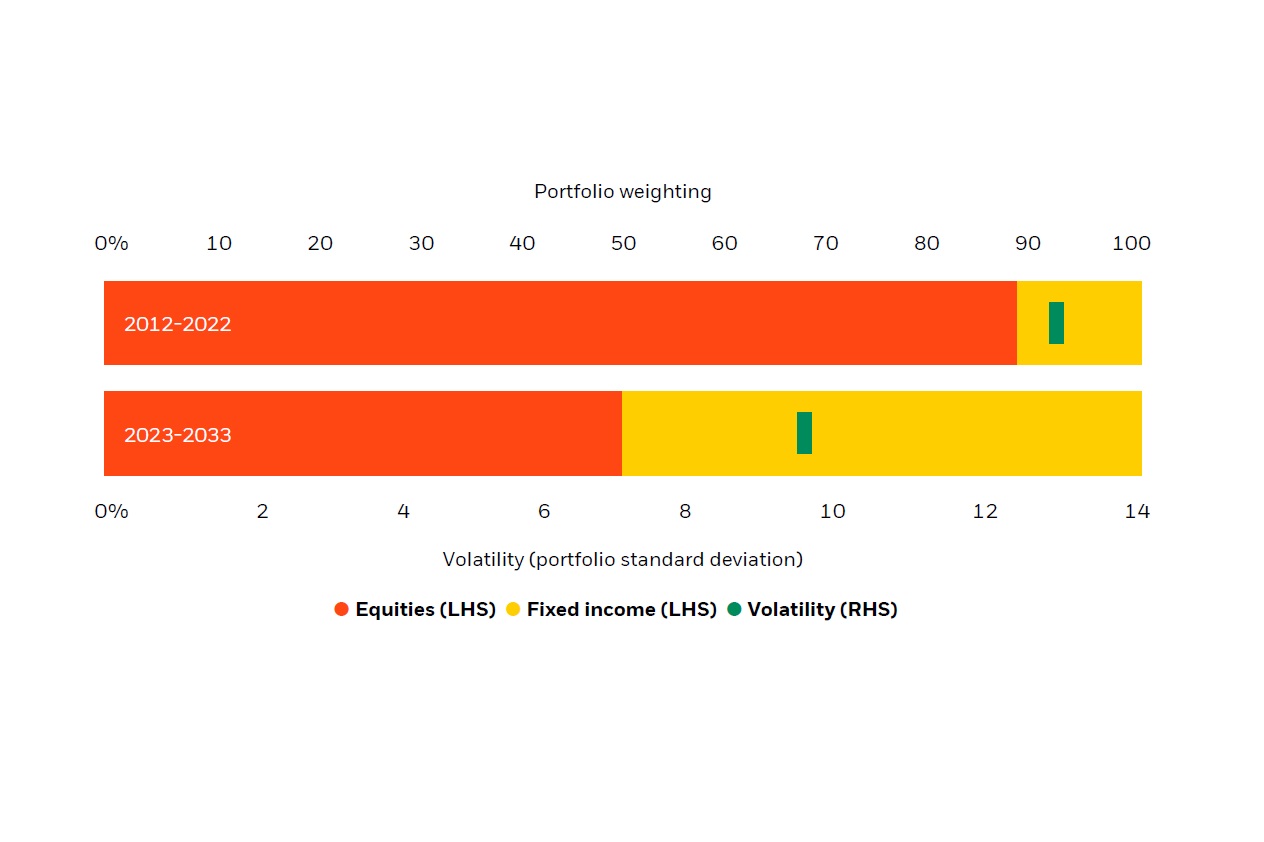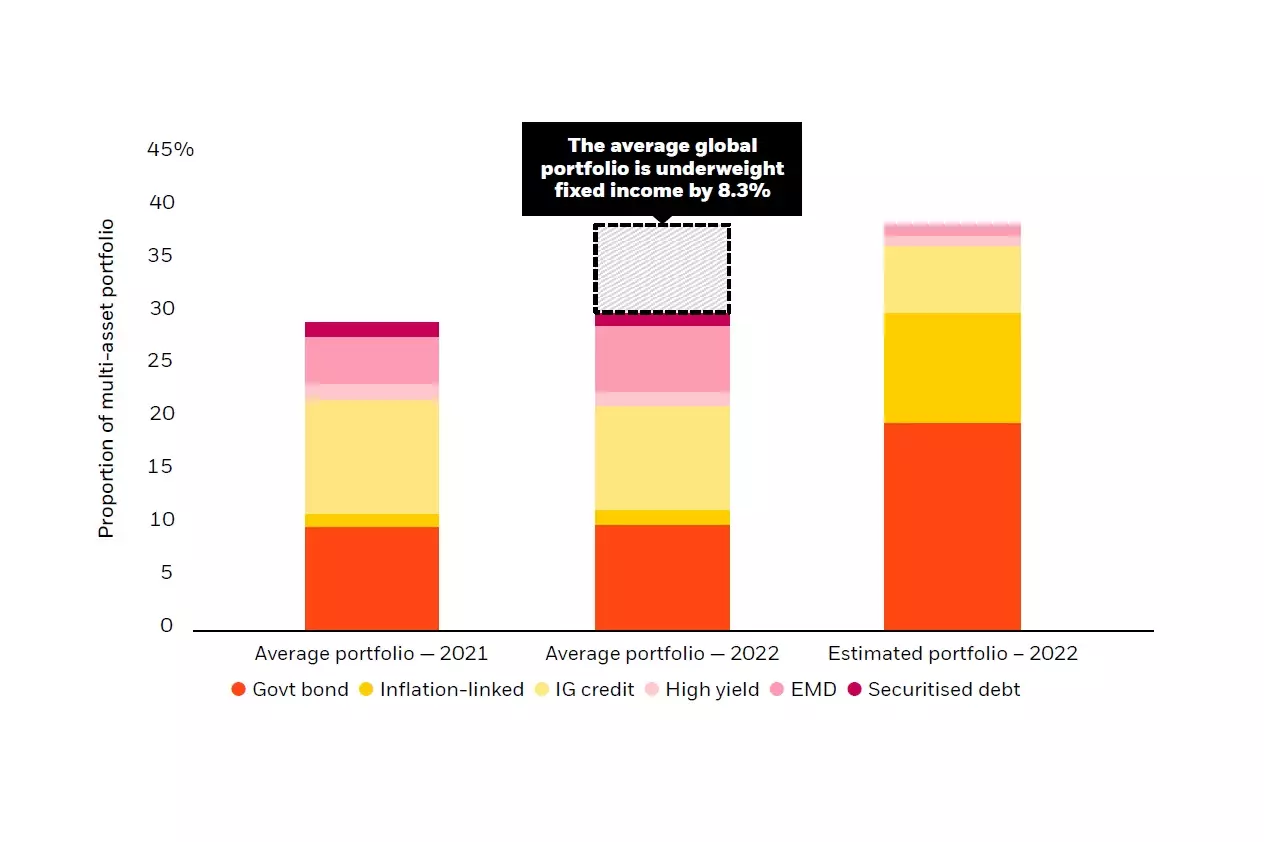Before you proceed, please take a moment to review and accept the following Terms and Conditions:
Asia ex Japan Institutional Website Attestation
Before we proceed, please take a moment to review and accept the following terms and Conditions:
Please read this page before proceeding, as it explains certain restrictions imposed by law on the distribution of this information and the jurisdictions in which our products and services are authorised for sale. It is your responsibility to be aware of and to observe all applicable laws and regulations of any relevant jurisdiction.
By entering this website, you are agreeing that you have reviewed and agreed to all terms contained herein including any legal or regulatory restrictions, and have consented to the collection, use and disclosure of your personal data as set out in the Privacy section referred to below.
By confirming below, you also acknowledge that you:
- have read this important information;
- Agree that your access to this website is subject to the disclaimer, risk warnings and other information set out herein; and
- Agree that you are within the respective sophisticated type of audience (or professional / sophisticated / institutional / qualified / wholesale investors, as such term may apply in local jurisdictions), and where applicable, meet the requisite investor qualification, for your respective jurisdictions.
The information contained in this website (this “Website”) (including without limitation the information, functions and the documents herein (together, the “Contents”)) is made available for informational purposes only.
Access Subject to Local Restrictions
In Singapore, accredited/institutional investors as defined in Section 4A of the Securities and Futures Act, Chapter 289 of Singapore. In Hong Kong, Professional Investors (as defined in the Securities and Futures Ordinance (Cap.571 of the laws of Hong Kong) and any rules made under that ordinance). In South Korea, Qualified Professional Investors (as defined in the Financial Investment Services and Capital Market Act and its sub-regulations). In Taiwan, Professional Investors as defined in the Financial Consumer Protection Act and any rules made under that Act. In Australia and New Zealand, wholesale client as defined under the Australian Corporations Act 2001 (Cth) and the New Zealand Financial Advisers Act 2008 respectively. In China, this may not be distributed to individuals resident in the People's Republic of China ("PRC", for such purposes, excluding Hong Kong, Macau and Taiwan) or entities registered in the PRC unless such parties have received all the required PRC government approvals to participate in any investment or receive any investment advisory or investment management services. For Other APAC Countries, Institutional Investors only (or professional/sophisticated/qualified investors, as such term may apply in local jurisdictions).
This Website and the Content herein are not intended for, or directed to, persons in any countries or jurisdictions that are not enumerated above, or to an audience other than as specified above.
This Website or information contained or incorporated by reference has not been, and will not be submitted to, become approved/verified by, or registered with, any relevant government authorities under the local laws. This Website is not intended for and should not be accessed by persons located or resident in any jurisdiction where (by reason of that person's nationality, domicile, residence or otherwise) the publication or availability of this Website is prohibited or contrary to local law or regulation or would subject any BlackRock entity to any registration or licensing requirements in such jurisdiction.
It is your responsibility to be aware of, to obtain all relevant regulatory approvals, licenses, verifications and/or registrations under, and to observe all applicable laws and regulations of any relevant jurisdiction in connection with your entrant to this Website.
If you are unsure about the meaning of any information provided, please consult your financial or other professional adviser.
No Offer
The Contents have been prepared for informational purposes only without regard to the investment objectives, financial situation, or means of any particular person or entity, and the Website is not soliciting any action based upon them.
This material should not be construed as investment advice or a recommendation or an offer or solicitation to buy or sell securities and does not constitute an offer or solicitation in any jurisdiction where or to any persons to whom it would be unauthorized or unlawful to do so.
No Warranty
The Contents are published in good faith but no advice, representation or warranty, express or implied, is made by BlackRock or by any person as to its adequacy, accuracy, completeness, reasonableness or that it is fit for your particular purpose, and it should not be relied on as such. The Contents do not purport to be complete and is subject to change. You acknowledge that certain information contained in this Website supplied by third parties may be incorrect or incomplete, and such information is provided on an "AS IS" basis. We reserve the right to change, modify, add, or delete, any content and the terms of use of this Website without notice. Users are advised to periodically review the contents of this Website to be familiar with any modifications. The Website has not made, and expressly disclaims, any representations with respect to any forward-looking statements. By their nature, forward-looking statements are subject to numerous assumptions, risks and uncertainties because they relate to events and depend on circumstances that may or may not occur in the future.
No information on this Website constitutes business, financial, investment, trading, tax, legal, regulatory, accounting or any other advice. If you are unsure about the meaning of any information provided, please consult your financial or other professional adviser.
No Liability
BlackRock shall have no liability for any loss or damage arising in connection with this Website or out of the use, inability to use or reliance on the Contents by any person, including without limitation, any loss of profit or any other damage, direct or consequential, regardless of whether they arise from contractual or tort (including negligence) or whether BlackRock has foreseen such possibility, except where such exclusion or limitation contravenes the applicable law.
You may leave this Website when you access certain links on this Website. BlackRock has not examined any of these websites and does not assume any responsibility for the contents of such websites nor the services, products or items offered through such websites.
Trademarks, Copyrights and other Intellectual Property
The content contained on this Website is owned or licensed by BlackRock and its third-party information providers and is protected by applicable copyrights, trademarks, service marks, and/or other intellectual property rights. Such content is solely for your personal, non-commercial use. Accordingly, you may not copy, distribute, modify, post, frame or deep link this Website, including any text, graphics, video, audio, software code, user interface design or logos. You may download material displayed on this Website for your personal use provided you also retain all copyright and other proprietary notices contained on the materials. You may not distribute, modify, transmit, reuse, repost, or use the content of this Website for public or commercial purposes, including all text, images, audio, and video, without BlackRock's written permission. Modification or use of the materials for any other purpose violates BlackRock's intellectual property rights.
All trademarks, service marks, trade names, and logos displayed on this Website are proprietary to BlackRock and/or their respective owners. Nothing contained on this Website should be construed as granting, by implication, estoppel, or otherwise, any license or right to use any trademark displayed on this Website without the written permission of BlackRock or such other third party that may own the trademark displayed on this Website. Your use of the trademarks displayed on this Website, except as provided herein, is strictly prohibited.
The use of the images displayed on this Website by you, or anyone else authorized by you, is prohibited. Any unauthorized use of the images may violate copyright laws, trademark laws, and the laws of privacy and publicity, and communications, as well as other regulations and statutes. If you download any information from this Website, you agree that you will not copy it or remove or obscure any copyright or other notices or legends contained in any such information.
Additional Information
Investment involves risks. Past performance is not a guide to future performance. The value of investments and the income from them can fall as well as rise and is not guaranteed. You may not get back the amount originally invested. Changes in the rates of exchange between currencies may cause the value of investments to diminish or increase.
Privacy
Your name, email address and other personal details will be processed in accordance with BlackRock’s Privacy Policy for your specific country which you may read by accessing our website at https://www.blackrock.com.
Please note that you are required to read and accept the terms of our Privacy Policy before you are able to access our websites.
Once you have confirmed that you agree to the legal information herein, and the Privacy Policy – by indicating your consent – we will place a cookie on your computer to recognize you and prevent this page from reappearing should you access this site, or other BlackRock sites, on future occasions. The cookie will expire after six months, or sooner should there be a material change to this important information.







